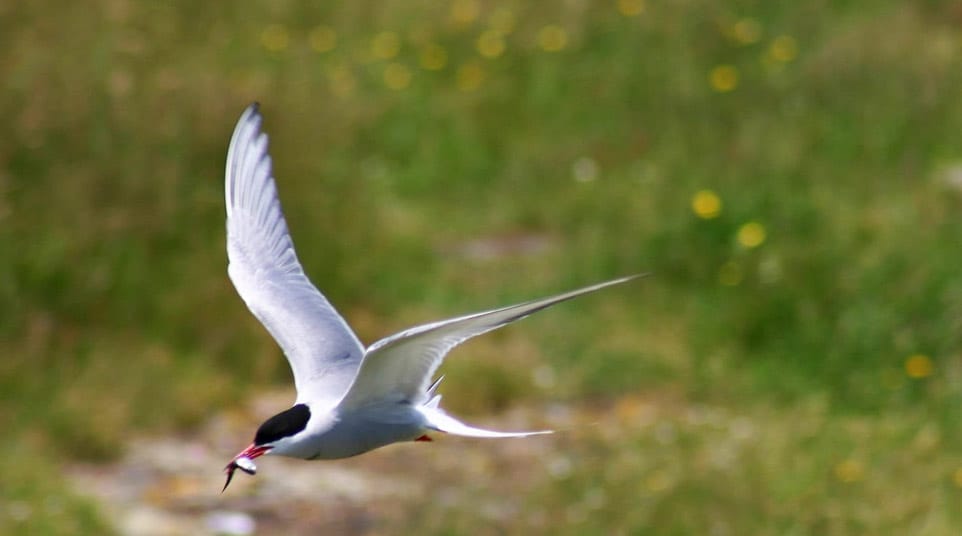-
li>Home >
- Travel Guide >
- Galapagos Islands >
- Animals & Wildlife >
- Galapagos Common Tern
Galapagos Common Tern Facts
Name: Common Tern
Family: Sternidae
Scientific name: Sterna hirundo
Lenght: 32 - 39 cm (12.6 - 15 in)
Weight: 4.2 oz
Clutch Size: 1-4 eggs
Wingspan: 72 - 83 cm (28 - 338 in)
Category: Sea Birds
Number of Species: 47
Endemic Species: 13
In total, 47 species of sea birds have been recorded in the Galapagos, 19 of which are resident to the Islands. The sea birds therefore account for nearly one third of all the species ever recorded in the islands and about the same proportion of the resident species.
Seabirds can be conveniently divided into 12 groups, as show in the table below. This shows the number of species recorded in each group and summarizes their status. If also shows the number of endemic species and the number of other species which are represented by endemic subspecies. Species are treated as migrants if they occur annually, vagrants being those recorded less frequently.
Category: Sea Birds
Family: Sternidae
Endemic Subspecies: Common Noddy
Six species of terns have been recorded in Galapagos: 2 residents and 4 vagrants. Terns are similar to gulls in many respects but are generally smaller, with narrower wings; thinner, straighter bills which lack the marked gonydeal angle; and shorter legs. Whilst terns are usually predominantly gray and white, the two species that breed in Galápagos are wholly dark brown (Common Noddy) and black and white (Sooty Tern). The sexes are alike. Terns feed by picking food from the surface of the water or by plunge-diving.
The Common Tern is a regular migrant bird of Galapagos in small numbers. It breeds in the northern hemisphere, the North American population wintering off Central and South America. Most Galapagos records have been during the northern winter.
Identification:
A medium-sized tern, pale grey above and white below with a black cap and short red legs. ADULT BREEDING: Black cap extends from bill to nape. Bill red with black tip. Long, forked tail reaches wing-tip when perched. In flight shows dark outer webs to primaries and dark trailing-edge to primaries on under wing. ADULT NON-BREEDING: As adult breeding but forehead white and bill all black. FIRST-WINTER: Like non-breeding adult, but has prominent dark carpal bar and dusky trailing-edge to secondaries.
Behavior:
A typical tern with light and buoyant flight. Feeds by plunge-diving from the air and surface-dipping.

